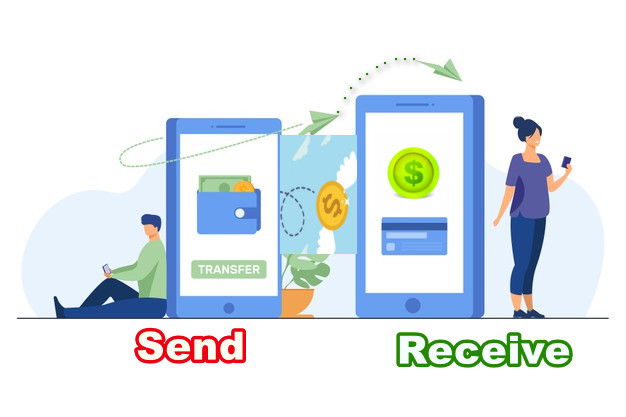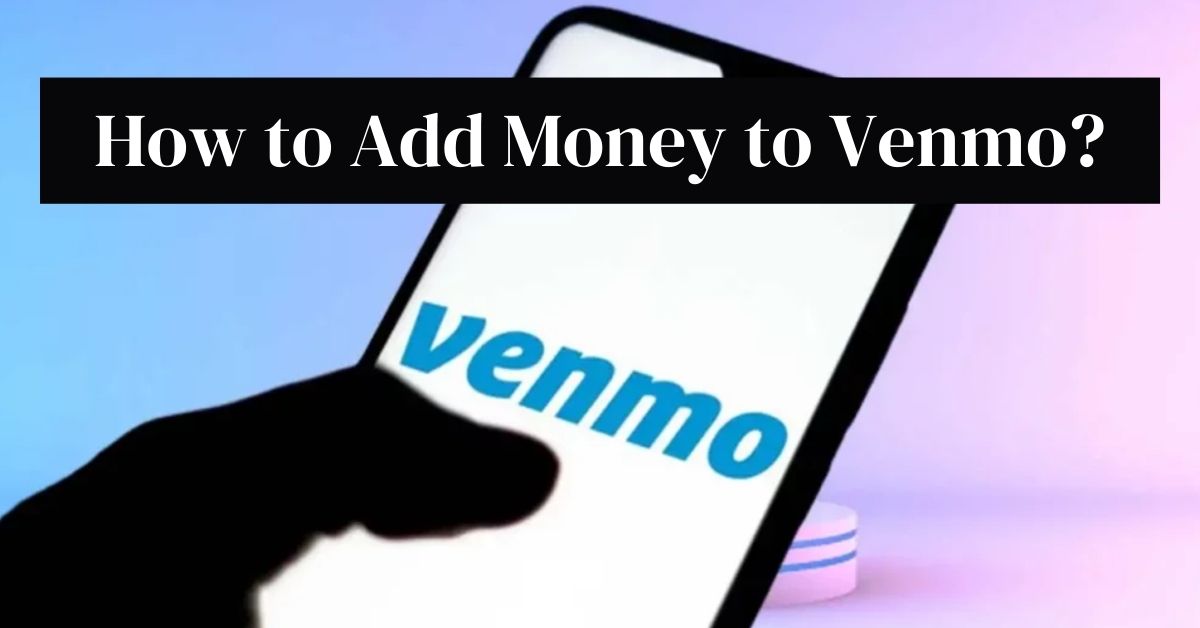The Fees Behind Venmo’s Peer-to-Peer Payments
When using Venmo, users are subject to various fees that contribute to the company’s revenue. One of the primary fees associated with Venmo is the standard 3% fee for credit card transactions. This fee is charged to the sender, and it is a significant source of revenue for Venmo. Additionally, Venmo also charges an instant transfer fee, which allows users to transfer funds to their bank accounts immediately. This fee is typically a small percentage of the transaction amount, and it provides an additional revenue stream for Venmo.
These fees may seem insignificant, but they add up quickly. With millions of transactions processed daily, the fees associated with Venmo’s peer-to-peer payments generate a substantial amount of revenue for the company. In fact, the fees from credit card transactions and instant transfers are a major contributor to Venmo’s overall revenue. By understanding how these fees work, users can better appreciate the revenue streams that drive Venmo’s financial success.
It’s worth noting that Venmo’s fees are competitive with other peer-to-peer payment services. However, the company’s fees can still be a significant expense for users who rely heavily on the service. By being aware of the fees associated with Venmo, users can make informed decisions about their payment options and avoid unnecessary charges. As we explore the various revenue streams of Venmo, it becomes clear that the company’s financial success is driven by a combination of innovative features and strategic fee structures.
Venmo’s Merchant Services: A Key Revenue Driver
Venmo’s merchant services are a crucial component of the company’s revenue strategy. By partnering with businesses to offer Venmo as a payment option, the company is able to generate revenue through transaction fees. Merchants are charged a fee for each transaction, which typically ranges between 2.9% + $0.30 per transaction. This fee structure is competitive with other payment processors, and it provides a significant source of revenue for Venmo.
The merchant services offered by Venmo are designed to be easy to use and integrate with existing payment systems. Businesses can easily add Venmo as a payment option to their websites, mobile apps, or in-store checkout systems. This flexibility and ease of use have made Venmo a popular choice among merchants, and the company’s revenue from merchant services has grown significantly as a result.
In addition to transaction fees, Venmo also generates revenue from merchant services through other means. For example, the company offers a range of tools and services to help merchants manage their payments and customer relationships. These tools, such as Venmo’s payment processing API and its customer insights platform, are designed to help merchants optimize their payment processes and improve customer engagement.
By providing a range of merchant services and tools, Venmo is able to generate significant revenue from its partnerships with businesses. This revenue stream is a key component of the company’s overall revenue strategy, and it is likely to continue to grow as more businesses adopt Venmo as a payment option.
Interest on Held Funds: A Lucrative Revenue Stream
Venmo earns interest on the funds held in user accounts, similar to a traditional bank. This interest income is a significant source of revenue for the company. When users leave their funds in their Venmo accounts, the company is able to invest those funds and earn interest on them. This interest income is then added to Venmo’s revenue, providing a steady stream of income for the company.
The interest on held funds is a lucrative revenue stream for Venmo because it provides a low-risk source of income. Unlike other revenue streams, such as transaction fees, which can be volatile and subject to fluctuations in user activity, interest on held funds is a relatively stable source of revenue. Additionally, the interest income earned by Venmo is not subject to the same level of competition as other revenue streams, making it a valuable source of revenue for the company.
It’s worth noting that Venmo’s interest on held funds is not unique to the company. Many other payment processors and banks also earn interest on held funds. However, Venmo’s large user base and high volume of transactions make its interest on held funds a significant source of revenue. By understanding how Venmo earns interest on held funds, we can gain insight into the company’s revenue strategy and how it generates income.
In addition to interest on held funds, Venmo also earns revenue from other sources, such as transaction fees and merchant services. However, the interest on held funds is a significant contributor to the company’s overall revenue, and it plays an important role in Venmo’s financial success.
Venmo’s Credit Card: A New Revenue Avenue
Venmo’s credit card, launched in partnership with Synchrony Bank, is a new revenue avenue for the company. The card offers a range of benefits, including rewards and no annual fee, making it an attractive option for users. But how does Venmo’s credit card generate revenue for the company?
The Venmo credit card generates revenue for the company through interest charges and interchange fees. When users make purchases with the card, Venmo earns a percentage of the transaction amount as an interchange fee. Additionally, if users carry a balance on the card, Venmo earns interest on that balance. This interest income is a significant source of revenue for the company.
The Venmo credit card is also designed to encourage users to make more purchases with the card, which in turn generates more revenue for the company. The card offers rewards and cashback on certain purchases, making it a more attractive option for users. By incentivizing users to make more purchases with the card, Venmo is able to generate more revenue through interchange fees and interest charges.
It’s worth noting that Venmo’s credit card is not the only revenue stream for the company. However, it is a significant contributor to the company’s overall revenue, and it provides a new avenue for growth and expansion. By understanding how Venmo’s credit card generates revenue, we can gain insight into the company’s revenue strategy and how it plans to grow and expand in the future.
Data Monetization: Selling Insights to Merchants
Venmo collects data on user transactions and sells insights to merchants, helping them better understand their customers. This data monetization is a significant contributor to Venmo’s revenue. By analyzing user transaction data, Venmo is able to provide merchants with valuable insights into their customers’ purchasing habits and preferences.
Merchants can use these insights to optimize their marketing strategies, improve customer engagement, and increase sales. For example, a merchant may use Venmo’s data to identify their most loyal customers and offer them targeted promotions. This can help to increase customer retention and drive revenue growth.
Venmo’s data monetization is a key differentiator for the company. By providing merchants with valuable insights into their customers’ behavior, Venmo is able to generate revenue through data sales. This revenue stream is a significant contributor to Venmo’s overall revenue, and it provides a competitive advantage for the company.
It’s worth noting that Venmo’s data monetization is not limited to merchant insights. The company also uses data to improve its own services and user experience. For example, Venmo may use data to identify trends in user behavior and optimize its payment processing systems. This helps to ensure that Venmo’s services are fast, secure, and reliable.
Partnerships and Integrations: Expanding Venmo’s Reach
Venmo has formed partnerships with various companies to expand its reach and generate revenue through increased transaction volume. For example, Venmo has partnered with Uber to allow users to pay for rides using the Venmo app. This partnership has increased Venmo’s visibility and usage, particularly among younger users who are more likely to use ride-sharing services.
Another example of Venmo’s partnerships is its integration with Grubhub, a popular food delivery service. This integration allows users to pay for food orders using Venmo, making it easier and more convenient for users to make purchases. These partnerships have helped to increase Venmo’s transaction volume and revenue, while also expanding its user base.
Venmo’s partnerships and integrations are a key component of its revenue strategy. By partnering with other companies, Venmo is able to increase its visibility and usage, while also generating revenue through increased transaction volume. This approach has helped Venmo to become one of the leading peer-to-peer payment services in the US.
In addition to its partnerships with Uber and Grubhub, Venmo has also formed partnerships with other companies, such as Walmart and Target, to offer Venmo as a payment option in their stores. These partnerships have helped to increase Venmo’s reach and usage, while also generating revenue through increased transaction volume.
The Future of Venmo’s Revenue Streams
As Venmo continues to grow and evolve, it’s likely that the company will explore new revenue streams and partnerships to drive growth. One potential area of expansion is in the realm of cryptocurrency. With the rise of cryptocurrencies like Bitcoin and Ethereum, Venmo may consider integrating cryptocurrency payments into its platform.
Another potential area of expansion is in the realm of international payments. As Venmo’s user base continues to grow, the company may consider expanding its services to international markets. This could involve partnering with international payment processors or developing its own international payment capabilities.
Venmo’s parent company, PayPal, may also play a role in shaping the company’s revenue strategy. As a leading payment processor, PayPal has a wealth of experience and expertise in the payments industry. Venmo may leverage this expertise to develop new revenue streams and partnerships.
Ultimately, the future of Venmo’s revenue streams will depend on the company’s ability to innovate and adapt to changing market conditions. By staying ahead of the curve and exploring new revenue streams, Venmo can continue to drive growth and success in the payments industry.
The Future of Venmo’s Revenue Streams
As Venmo continues to grow and evolve, it’s likely that the company will explore new revenue streams and partnerships to drive growth. One potential area of expansion is in the realm of cryptocurrency. With the rise of cryptocurrencies like Bitcoin and Ethereum, Venmo may consider integrating cryptocurrency payments into its platform.
Another potential area of expansion is in the realm of international payments. As Venmo’s user base continues to grow, the company may consider expanding its services to international markets. This could involve partnering with international payment processors or developing its own international payment capabilities.
Venmo’s parent company, PayPal, may also play a role in shaping the company’s revenue strategy. As a leading payment processor, PayPal has a wealth of experience and expertise in the payments industry. Venmo may leverage this expertise to develop new revenue streams and partnerships.
Ultimately, the future of Venmo’s revenue streams will depend on the company’s ability to innovate and adapt to changing market conditions. By staying ahead of the curve and exploring new revenue streams, Venmo can continue to drive growth and success in the payments industry.
As we’ve seen, Venmo’s revenue streams are diverse and multifaceted. From fees on peer-to-peer payments to interest on held funds, Venmo has established a robust revenue model that is well-positioned for long-term growth. By understanding how Venmo earns money, we can gain insight into the company’s financial performance and its potential for future success.







